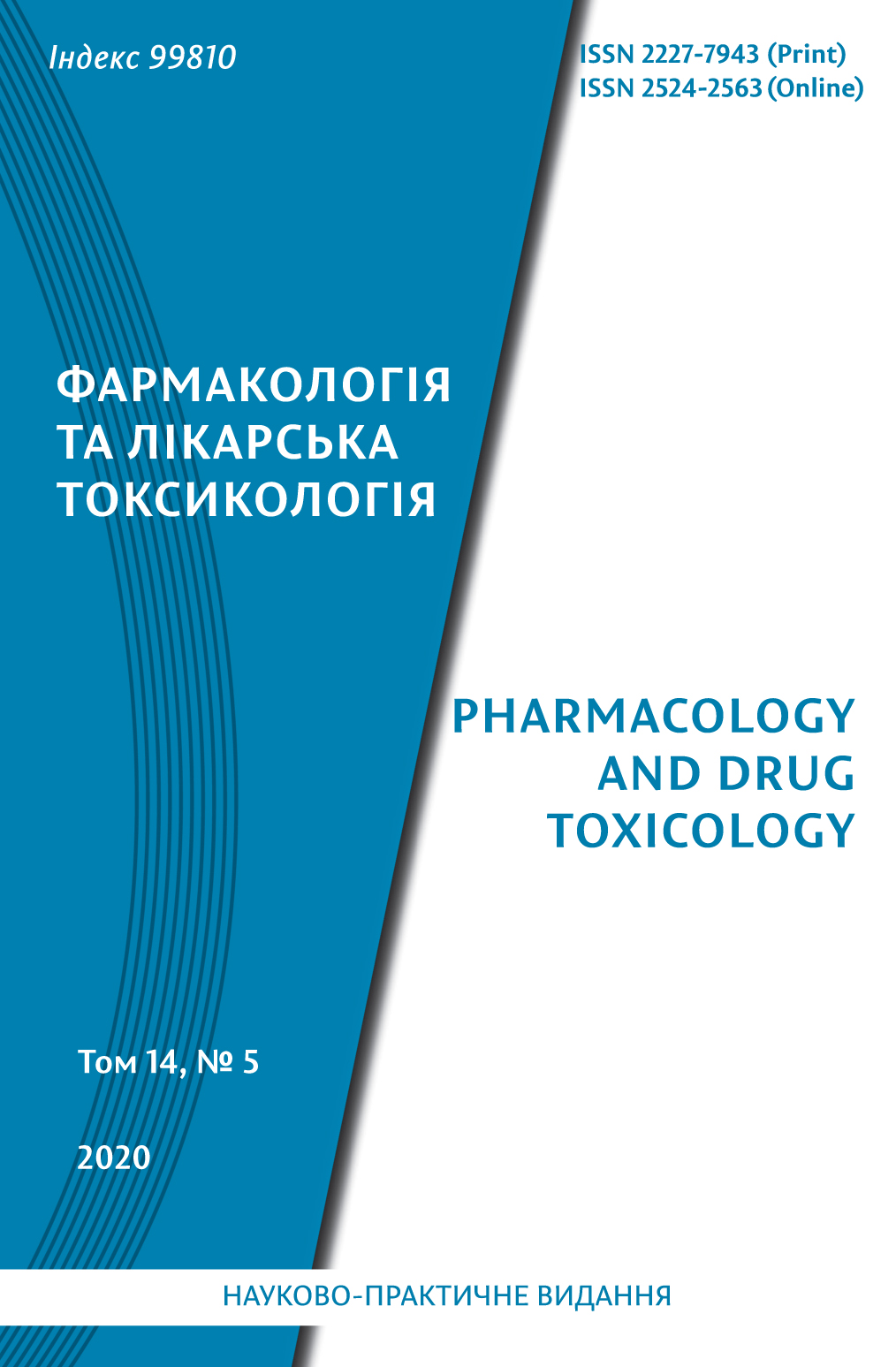Abstract
Recent decades have been marked with a global steady growing trend towards an increase in the incidence of vascular diseases linked to the general population aging, and the increasing incidence rate of diabetes mellitus, arterial hypertension and atherosclerosis. Currently, blood flow restorative medications are widely used in the treatment of hypoxic cardio-vascular disorders, along with medications affecting cell metabolism, namely, individual units of the adaptive molecular biochemical reactions. Concerning the efficacy of the last-mentioned medications, a sufficient amount of experimental and clinical data has been cumulated. However, in terms of proof based medicine, the effect of those drugs is controversial and questionable. Therefore, there is an active search for metabolic medications.
The aim of this study was to assess the cardioprotective action of Klotho protein syntesis inductors (vitamin D, Necrostatin-1) in the experimental model of acute myocardial infarction (AMI).
The experimental part was carried out on 40 sexually mature male rats weighing 190–230 g. The AMI was modeled by pituitrin (1 unit/kg subcutaneously) and isoprenaline adrenergic agonist (200 mg/kg intramuscularly) injections within 4 days. The study drugs were administrated for 4 days in this way: Vitamin
D (5000 IU/day) (GmbH Arzneimittel, Germany) intragastrically and Necrostatin-1 (Nec-25 mg, SigmaAldrich) 1 mg/kg intraperitoneally 20 min after isadrin injection. The AMI presence was confirmed by determining its markers in the blood plasma: Immulate 1000 – troponin (Siemens) – by chemiluminescence immuno method, the total CPK activity (Cormay) – by the biochemical method and by the enzyme immunoassay – ST2 «The Pressage ST2 Assay» (Critical Diagnostics, cat. No. BC-1065E). The Klotho protein, HSP70 proteins, 8-OHdG, ST2 were detected with the use of the Immuno Chem-2100 enzymelinked immunosorbent complex (USA).
It has been shown an increase of the markers of heart muscle damage – troponin and total CPK activity in experimental animals under AMI model. It is important to note that these markers tended to increase in animals of all experimental groups in comparison with the intact. The ST2 value did not reach the level of 35 ng/ml after vitamin D and Necrostatin-1 administration. In addition, vitamin D and Necrostatin-1 experimental therapy resulted in a statistically significant increase of Klotho protein amount in the heart homogenate (by 76,3 % and 78,8 %, respectively compared with the control – AMI). The administration of Klotho protein synthesis inducers led to the limitation of oxidative stress, nucleic acid damage, and was reflected by a significant decrease in the concentration of 8-OHdG compared with AMI group, both with the vitamin D (by 38,5 %) and Necrostatin-1 (by 55,8 %) administration.
The data obtained confirm the viability of further research in this direction. The study of vitamin D and Necrostatin-1 ability to affect the processes of cell death and its type (necrosis/apoptosis) are of special interest in this regard.
